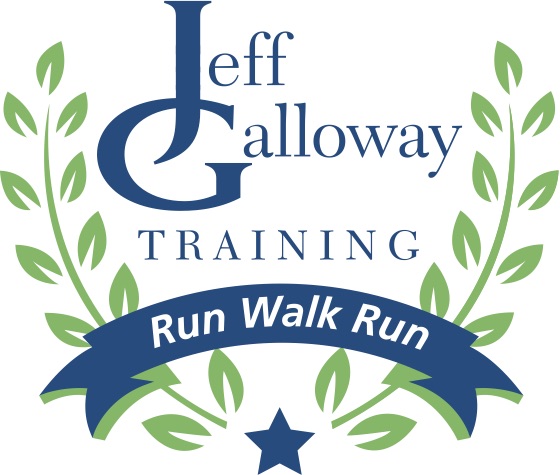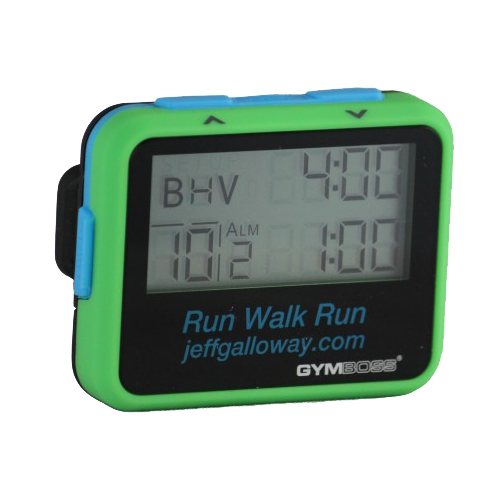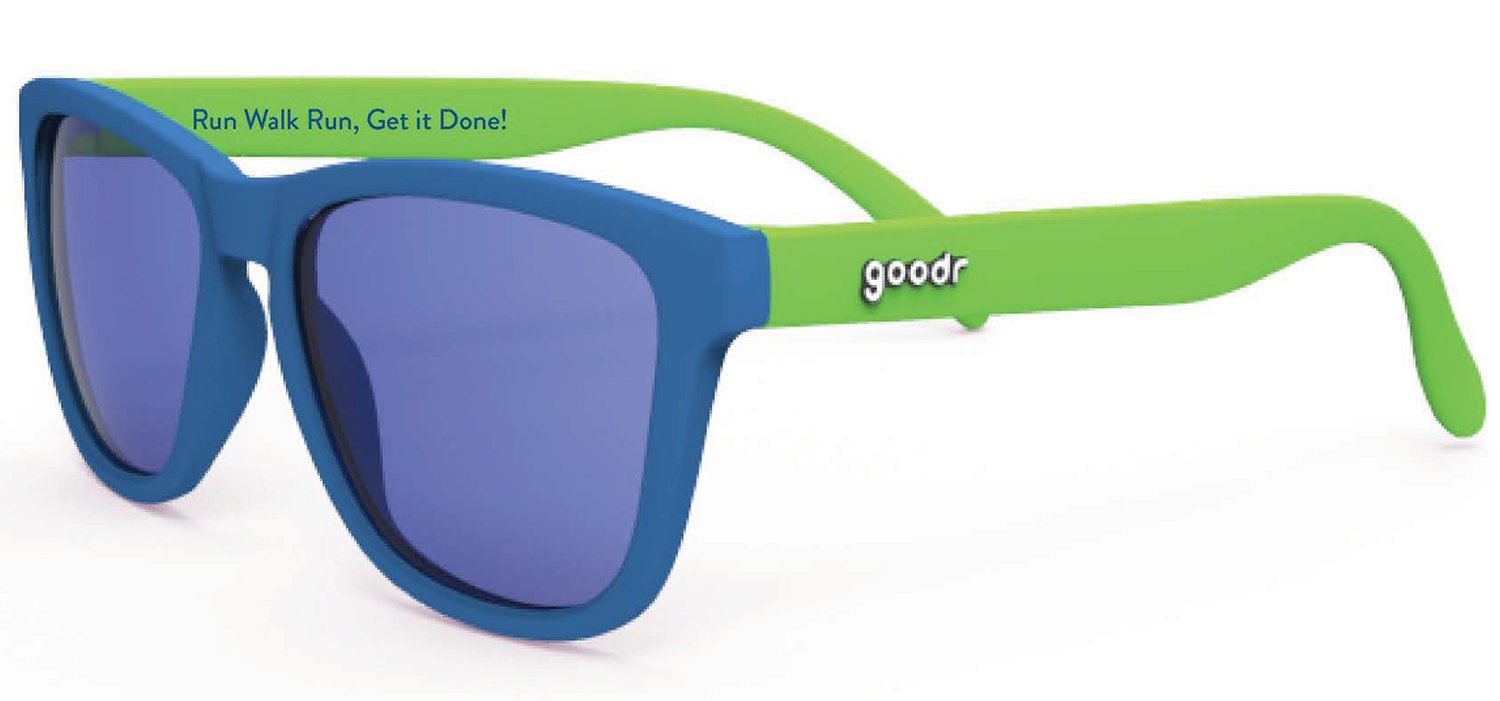
Galloway Pacers
Join Run-Walk-Run Pacers At These Races!
Training Groups
Galloway Pacing: Run-Walk-Run with a friendly, consistent group!
The Galloway Pacing Team will guide you to the finish! Using Jeff’s proven Run-Walk-Run method, join us to improve your time or just complete the race! We’ll take care of the interval and pace for each run and walk segment – all you have to do is follow along and have fun
What races provide Galloway Pacers?
2/24/2019 runDisney Princess Half-marathon
3/23/2019 Tomoka Half-marathon (2:00-3:30 half only)*
4/7/2019 runDisney Star Wars Half-marathon
6/8/2019 Baltimore Half-marthon (2:15-4:00)*
9/21/2019 US Air Force Marathon and Half (5:00-7:00 full; 2:30-3:30 half)*
11/3/2019 runDisney Wine and Dine Half-marathon
12/1/2019 Space Coast Marathon and Half-marathon (4:00-7:00 full; 2:00-3:45 half)*
*Indicates event co-paced with another group
Can I meet the pacers before the race?
- Yes! Most races provide a booth at the expo which will be staffed by pacers. You can get corral information, sign up, and learn more about the pace groups and individual pacers!
How do I meet the pacers on race day?
- Galloway Pacers will have pacer flags with their anticipated finish time on them. They will typically be wearing a neon yellow shirt with the Galloway Training Logo on the front, but some races might have slightly different apparel.
- Look for the flags in your corral – typically the pacer will be towards the front-right side of the corral.
Is there a cost for joining the pace teams?
- No! pace groups are a benefit provided by the race to help their participants.
I’m running the WDW Marathon or Half Marathon. What pace groups are you offering?
|
Marathon |
|
|
||||||||
|
S Group |
Finish |
Pace |
Ratio (run/walk) |
First |
Last |
|||||
|
S1 |
3:20 |
7:37 |
5 min / 30 |
Marc |
Burget |
|||||
|
S1 |
3:30 |
8:00 |
4 min / 30 |
Dave |
Krupski |
|||||
|
S1 |
3:40 |
8:24 |
3 min / 30 |
Jennifer |
Loza |
|||||
|
S2 |
3:50 |
8:47 |
2:30 / 30 |
Pedro |
Loza |
|||||
|
S2 |
4:00 |
9:09 |
2 min / 30 |
Mark |
Lane-Holbert |
|||||
|
S3 |
4:15 |
9:43 |
1:45 / 30 |
Katie |
Mercadante |
|||||
|
S3 |
4:30 |
10:18 |
90 sec /30 |
Steve |
Saleh |
|||||
|
S4 |
4:45 |
10:52 |
1 min / 30 |
Ron |
Rodriguez |
|||||
|
S4 |
5:00 |
11:26 |
1 min / 30 |
Julie |
Conley |
|||||
|
S5 |
5:15 |
12:00 |
1 min / 30 |
Ric |
Johnson |
|||||
|
S5 |
5:30 |
12:35 |
30 / 30 sec |
Angela |
Saffle |
|||||
|
S6 |
5:45 |
13:09 |
30 / 30 sec |
Cathy |
Rogaski |
|||||
|
|
|
|
|
Amy |
Fashner |
|||||
|
S6 |
6:00 |
13:43 |
30 / 30 sec |
Carlos |
Irene |
|||||
|
|
|
|
|
Martha |
Irene |
|||||
|
S6 |
6:15 |
14:18 |
30 / 30 sec |
Tina |
Rourk |
|||||
|
S6 |
6:30 |
14:53 |
15 / 30 sec |
Sarah |
Greenwood |
|||||
|
S6 |
6:45 |
15:26 |
15 / 30 sec |
David |
Hardwick |
|||||
|
S6 |
7:00 |
16:01 |
15 / 30 sec |
Dennis & Scott |
|
|
|
|||
|
Half |
|
|
||||||||
|
S Group |
Finish |
Pace |
Ratio (RUN/WALK) |
First |
Last |
|||||
|
S1 |
1:45 |
8:00 |
4min/30seconds |
Marc |
Burget |
|||||
|
|
|
|
|
Dave |
Krupski |
|||||
|
S1 |
2:00 |
9:09 |
2min/30seconds |
Jon |
Olson |
|||||
|
|
|
|
|
Wendy |
Alexaitis |
|||||
|
S2 |
2:15 |
10:18 |
90sec/30sec |
Chris |
Turner |
|||||
|
|
|
|
|
Dave |
Hardwick |
|||||
|
S2 |
2:30 |
11:26 |
60sec/30sec |
Julie |
Conley |
|||||
|
|
|
|
|
Hamish |
MacLean |
|||||
|
S3 |
2:30 |
11:26 |
60sec/30sec |
Jim |
Crist |
|||||
|
|
|
|
|
Brittany |
Bennett |
|||||
|
S4 |
2:45 |
12:35 |
30sec/30sec |
Donna |
Trumble |
|||||
|
|
|
|
|
Michelle |
Baker |
|||||
|
S5 |
3:00 |
13:43 |
30seconds/30seconds |
Ric |
Johnson |
|||||
|
|
|
|
|
Tina |
Rourk |
|||||
|
S6 |
3:15 |
14:53 |
15seconds/30seconds |
Morgan |
Streit |
|||||
|
|
|
|
|
Sheena |
Hodges |
|||||
|
S6 |
3:30 |
16:00 |
15seconds/30seconds |
Susan |
Maloney |
|||||
|
|
|
|
|
Jaye |
Reed |
|||||
|
|
3:30 |
16:00 |
15 seconds/30 |
Dennis & Scott
|
|
|
|
|
|
What about these walk breaks?
- Most runners will record significantly faster times when they take walk breaks because they don’t slow down at the end of a long run. Thousands of time-goal-oriented veterans have improved by 10, 20, 30 minutes and more in marathons by taking walk breaks early and often in their goal races. You can easily spot these folks. They’re the ones who are picking up speed during the last two to six miles when everyone else is slowing down.
- The mental benefit: breaking [13 miles or] 26 miles into segments, which you know you can do. Even sub-three hour marathoners continue to take their walk breaks to the end. One of them explained it this way: “Instead of thinking at 20 miles I had six more gut-wretching miles to go, I was saying to myself, ‘Only one more mile until my break.’ Even when it was tough, I always felt I could go one more mile.
Why do walk breaks work?
- By using muscles in different ways from the beginning, your legs keep their bounce as they conserve resources. When a muscle group, such as your calf, is used continuously step by step, it fatigues relatively soon. The weak areas get overused and force you to slow down later or scream at you in pain afterward. By shifting back and forth between walking and running muscles, you distribute the workload among a variety of muscles, increasing your overall performance capacity. For veteran marathoners, this is often the difference between achieving a time goal or not.
- Walk breaks will significantly speed up recovery because there is less damage to repair. The early walk breaks erase fatigue, and the later walk breaks will reduce or eliminate overuse muscle breakdown.
How fast are the running segments?
- The running segment will be slightly faster than your average pace. Typically, the pace is about 30 seconds per mile faster but it depends on the exact ratio and walk pace.




